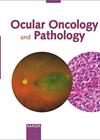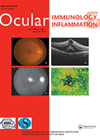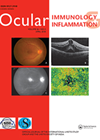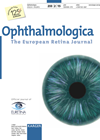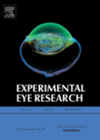
Journal Reviews
High dose (2.5mg) bevacizumab for postradiation cystoid macular oedema
The authors present a retrospective, interventional case series investigating the efficacy of high dose (2.5mg/0.1ml) intravitreal bevacizumab in the treatment of persistent postradiation (Iodine-125 plaque brachytherapy for uveal melanoma) cystoid macular oedema (CME). Persistent CME was defined as increased or...
Intravitreal triamcinolone for uveitic macular oedema
This paper from South Korea reports on a prospective, double blind, randomised clinical study designed to evaluate the additional benefit of intravitreal triamcinolone (TA) administration for noninfectious uveitic macular oedema as an adjunct therapy to systemic anti-inflammatory treatment. Patients were...
Lucentis for pseudophakic CMO
Pseudophakic cystoid macular oedema (CMO) develops angiographically in up to 20-30% after uneventful phacoemulsification. This study aimed to evaluate the potential efficacy and safety of intravitreal ranibizumab in patients with pseudophakic CMO after cataract surgery. Seven eyes were included in...
RaScaL Study
The RaScaL study was a six month, single-centre, controlled, prospective phase I/II study in which subjects with diabetic macular oedema (DME) and associated peripheral nonperfusion on ultrawide-field fluorescein angiography (UWFA) were randomised to: (1) study arm: ranibizumab (0.5 mg) injection...
Akimba mice, a model of human diabetic retinopathy
Diabetic retinopathy (DR) is a major complication of diabetes and a growing problem as the systemic disease becomes more prevalent. DR develops insidiously from an asymptomatic form through to vascular damage that leads to oedema and breakdown of the blood-retinal...

